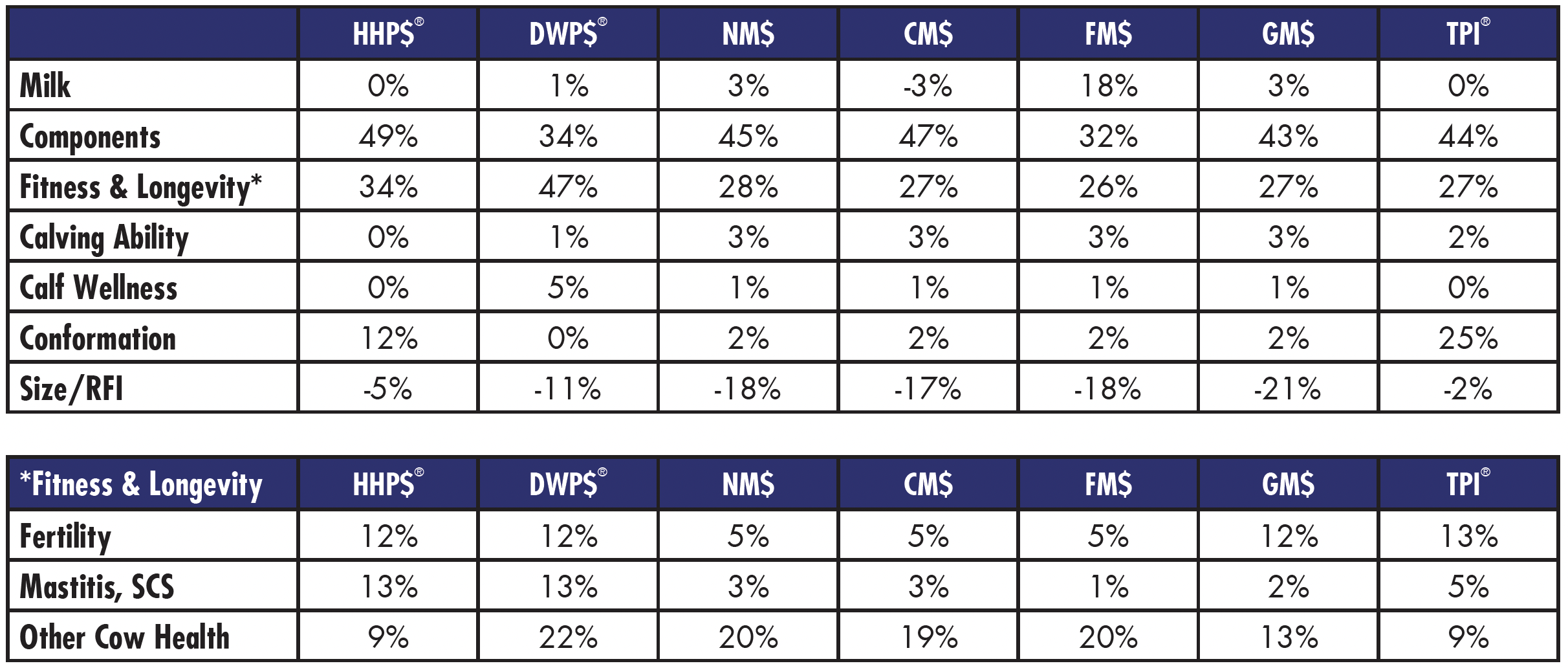Resources
Other Genetics Articles
- Customizing Genetics
- Beat the Heat with Slick Genetics
- The Infiltration of the Dominant Polled Gene is as Easy as 1-2-3
- Breeding for the Future. Are You Using the Right Index?
- Milking Speed Trait Coming August 2025
- Three Tips to Boost Reproductive Performance of Heifers
- Upcoming Genetic Base Change: What to Expect
- Pave the way for a more Profitable Next Generation
- Are you choosing the best index?
- Holstein's Fertility Index Shake Up
- Using HHP$ to Enhance Your Return on Investment
- WWS/Select Sires’ Elite Polled Lineup Leads Industry Ranks
- Genetics In The Drivers Seat
- Genetics Impacting Mastitis
- The Practice of Genetic Culling
- Fertility Matters in HHP$ Index
- Lameness Traits: Underused & Underestimated
- Sustainable Genetic Strategy
- The Genetic Strategy to Improve Sustainability
- Somatic Cell Count Impacts Everything
- Where does selecting to utilize feed fit into your genetic plan?
- Is There Such a Thing as a Grazing Genotype
- Inbreeding vs. Genetic Progress
- Mastitis Resistant Pro
- Recumbency in Holstein Calves

With genetic progress in any population, it is important to regularly confirm that the genetics you are using are aligned with the long-term goals of you herd. Regularly assess herd performance data to determine if your breeding decisions are leading to measurable improvements in key areas.
What traits will your animals need to achieve maximum lifetime production and profitability in 5-10 years?
Consider Things Like:
The facilities the cows will be in
The market where you sell your milk
Industry demand for surplus heifers
Involuntary culling rate
Possible regulatory changes
What Are Your Goals?

When choosing an index, consider how the traits and relative weights of each index interact in order to predict actual performance in your herd. Individual traits are correlated with one another and it’s possible to make strong improvement in one trait without including it in the index. On the other hand, there are certain traits that work against each other and in these cases, the actual genetic improvement may not reflect the relative weights within the index.
